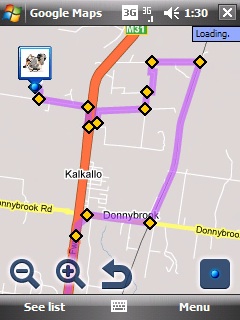After being a beta tester for Microsoft Windows since Windows 98SE, I was happy to be invited to the Windows 7 testing group. With a somewhat revised testing schedule and process from the past - with only a Beta and then RC being released before RTM instead of builds every few months, it was quite a frustrating attempt - with many of my bugs being closed with “Unable to reproduce” and a comment saying it works in a later build. Read on for more of my thoughts.
That being said, after my massive dislike of Windows Vista, I have found Windows 7 a refreshing change. Even with the latest Release Candidate (Build 7100), things are very polished. Boot is a little slower than Windows XP (which is to be expected), however time from login to usability seems to be much better in Windows 7 than any other version of Windows I have used to date.
Looking under the hood, it seems that a lot of non-essential processes are loaded at a lower priority after boot - handing over control of the system to the user in as short a time as possible. The new option to set a service to “Automatic - Delayed” instead of at boot time is another awesome way to improve boot to use time. With services set to this state, the system will wait until load is low before starting these extra services - great for things like Tivoli backup clients - which add a lot of load on boot by doing lots of disk I/O.
The new task bar takes a little time to get used to - however once you do, navigating between windows is a breeze. I was initially annoyed with the new taskbar until I realised that a middle click on an existing icon will launch another window. This is something that is certainly not obvious - yet I don’t know any way to make this immediately obvious to new users of Windows 7.
Graphics drivers seem to be a bit of an issue so far - as for my ATI X1900 PCI-E video card doesn’t have any native Windows 7 drivers. I’m hoping that this will change as Windows 7 gets closer to it’s release date, but as of yet I am stuck with the default Windows 7 driver for the card.
The best thing however is that I have not had to manually install ANY drivers for any hardware in my system. The only driver I have had to install manually was for a cheapo USB-Serial dongle I purchased a number of years ago. For this, the Vista driver works perfectly - which is always nice.
Overall, Windows 7 has lots of potential. It’s the Windows XP to the Windows 98. A huge improvement, and really does address a lot of the issues that came along with Windows Vista. It will certainly be worth the upgrade for most people running Vista at the moment, although most running XP may well choose to wait until they get a newer or updated PC before making the switch to Windows 7.
